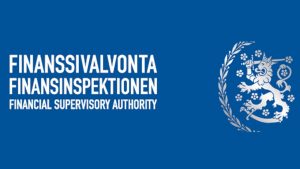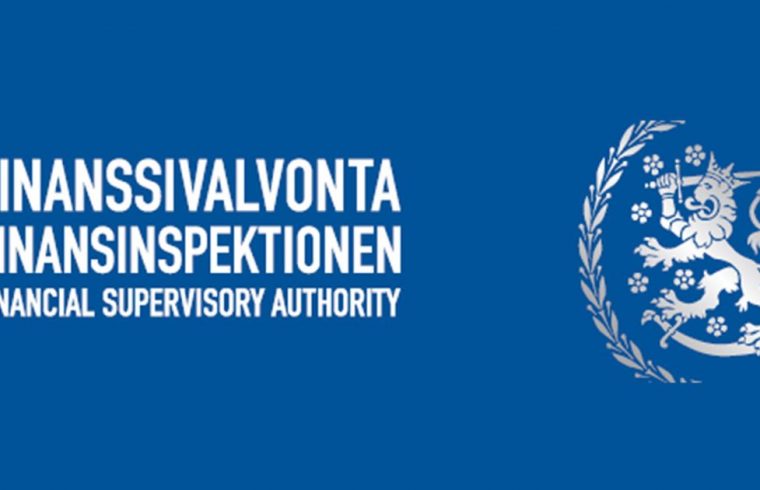 According to end-June information released today by the Financial Supervisory Authority (FIN-FSA), the Finnish financial sector’s capital position is strong, despite weaker profitability and modest return on investment. Financial sector entities must, however, prepare for risks caused by possible abrupt changes in the operating environment.
According to end-June information released today by the Financial Supervisory Authority (FIN-FSA), the Finnish financial sector’s capital position is strong, despite weaker profitability and modest return on investment. Financial sector entities must, however, prepare for risks caused by possible abrupt changes in the operating environment.
Interest rates are still exceptionally low by historical standards, and the situation is expected to return to normal smoothly – adverse developments are nevertheless possible.
An abrupt significant correction in interest rates in the global financial markets would also have a negative impact on Finnish financial sector entities. This could be triggered by, for example, tensions in global trade relationships or adverse developments in emerging economies. This would slow the growth in business volumes, and a possible negative spiral in the real economy would be reflected in all the financial sector entities.
Financial sector profitability and capital adequacy are increasingly dependent on developments in the residential and commercial real estate markets. The share of loans secured by real estate property in banks’ stock of loans has increased in three years, from 35% to 43%. Insurance companies’ real estate investments are also significant.
“High household indebtedness, the significant share of residential and commercial real estate loans in credit institutions’ loan stock and the high significance of covered bonds would amplify the effects on the financial sector of a potential crisis stemming from the housing market. The consequent indirect negative effects would probably be considerable,” explains the FIN-FSA’s Director General, Anneli Tuominen.
In addition, climate change and sustainability requirements are having an increasingly concrete impact on the financial sector, particularly the activities, operating environment and regulation of insurance companies. Damage and loss caused by environmental catastrophes were at record high globally in 2017.
Banking sector capital adequacy among strongest in the EU
The Finnish banking sector’s performance remained subdued in the first half of 2018, due to lower returns and higher expenses from development projects. Front-loaded development expenses, uncertainties related to the future level of returns or cost savings as well as subdued development in alternative sources of revenue have created risks to banking sector profitability.
The banking sector’s most significant structural vulnerabilities are the high degree of concentration, high household indebtedness, strong interconnectedness of lending and the real-estate market, and the large share of market funding. These risks remained high.
The banking sector’s capital position has remained stable, however, and is among the strongest in the EU. Cost efficiency has remained good and the amount of non-performing assets is low by EU comparison. Additional capital requirements imposed based on systemic vulnerabilities as well as banks’ large voluntary capital buffers improve the banking sector’s resilience to even unexpected risks caused by changes in the operating environment.
Life insurance companies maintained their solvency position in a challenging market environment
The life insurance sector has been challenged by cuts in the tax deductibility of unit-linked products and the low level of interest rates. During the first half of the year, the sector’s solvency strengthened, however, and was significantly higher than the solvency capital requirement. Return on investments declined from levels in previous years.
Premiums written are declining, as new business has failed to compensate for the shrinking of premiums written on the old insurance portfolio. The sector, however, continued to post a profit.
Non-life insurance sector solvency strong, but profitability weakened
The solvency position of the non-life insurance sector remained stable, despite changes in the operating environment. The positive turn in the Finnish economy was reflected in premiums written, which started to increase moderately, for the first time since 2015. Growth was seen particularly in commercial insurance, but premiums written on motor insurance were eroded by cost competition.
The solvency position strengthened, but growth in own funds was slowed by the lower return on investment activity and the weaker profitability of the insurance business. The weaker profitability was due to unfavourable developments in claims incurred.
Employee pension institutions’ solvency position good, despite weaker return on investment in the early part of the year
Employee pension institutions solvency position remained good, albeit weaker, as return on investments remained lower than the return requirement, due to weak returns on government bonds and particularly in emerging markets yields. The investment return nevertheless remained positive, due to the return on equity investments.
Employee pension institutions increased the share of European, and particularly Finnish, equities in their portfolio and decreased the weight of the rest of the world. In employee pension institutions’ fund investments, the United States is by far the largest target country.












